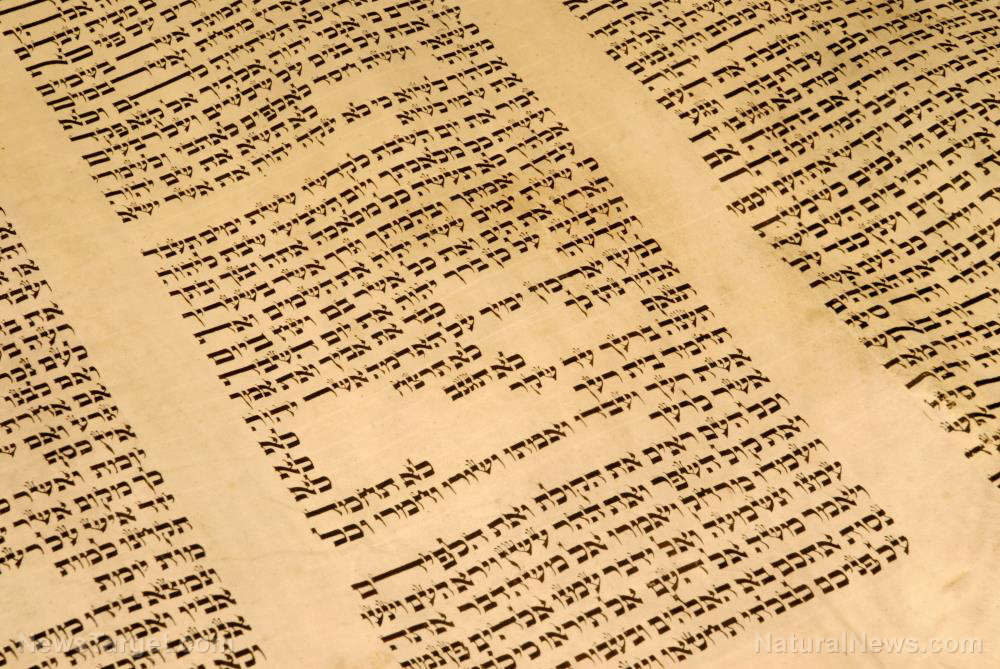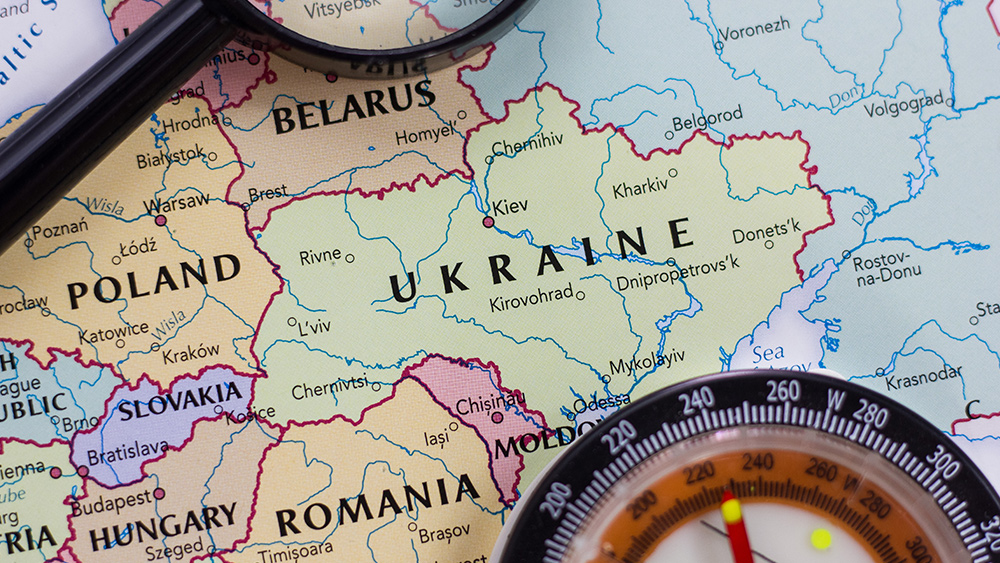
A hidden translation of a chapter in the Gospel of Matthew was found in a manuscript in the Vatican Apostolic Library – with the help of ultraviolet (UV) light.
The concealed translation originally written more than 1,500 years ago was found in a manuscript about ancient Christian stories and hymns. A researcher from the Austrian Academy of Sciences (OAW) applied UV light to the manuscript, which then revealed the translation written in the Old Syriac language. The translation had been concealed under later writings in the Greek and Georgian languages.
"UV light has become popular among scientists, who hope to uncover secret documents as the hidden text absorbs the light and glows blue," the Daily Mail said. "It can capture hidden text because parchment soaks in ink. And no matter how often it is reused, the original writings are still imprinted on the paper." (Related: Scientists uncover "invisible" ancient Hebrew inscription that can only be seen with advanced technology.)
The initial text in Old Syriac was written around the third century, but was later erased by a scribe in Palestine. Such erasures were a common practice at that time due to the scarcity of animal skin paper. After being erased, the paper was used to write the "Apophthegmata patrum" (Sayings of the Fathers) – a collection of more than 1,000 stories and sayings from early Christian hermits from the fifth and sixth centuries.
Later, the page used for the "Apophthegmata patrum" was erased and used to jot down the "Iadgari of Mikael Modrekili." The Georgian manuscript dating from the 10th century included a collection of hymns. The sheet was then stored in the Vatican Library, where researchers rediscovered the hidden translation centuries later.
We are building the infrastructure of human freedom and empowering people to be informed, healthy and aware. Explore our decentralized, peer-to-peer, uncensorable Brighteon.io free speech platform here. Learn about our free, downloadable generative AI tools at Brighteon.AI. Every purchase at HealthRangerStore.com helps fund our efforts to build and share more tools for empowering humanity with knowledge and abundance.
"The Gospel text found in this reused manuscript contains the so-called Old Syriac translations of the Gospels," said medievalist Grigory Kessel, the researcher who discovered the translation. "The Gospel text is hidden in the sense that the early sixth-century parchment copy of the Gospels book was reused twice. Today on the same page, one can find three layers of writing: Syriac, Greek [and] Georgian."
Syriac translations provide more detailed pictures of the Gospels
Kessel continued: "This Old Syriac translation quite often attests the Gospel text that is different from the standard Gospel texts as we know today." The Old Syriac versions of the Scriptures dubbed "Peshitta" became the official translation used by the Syriac Church in the fifth century.
The page featured Chapters 11 through 12 from the Gospel of Matthew, providing more details than today's standard text. While Kessel has not yet revealed a complete translation in Old Syriac, he gave a short preview of what the hidden manuscript contains.
For example, the Greek version of Matthew 12:1 said: "At that time, Jesus went through the grainfields on the Sabbath. His disciples were hungry and began to pick some heads of grain and eat them." The Old Syriac version has expounded on the disciples' actions, adding that they "began to pick the heads of grain, rub them in their hands and eat them."
"The tradition of Syriac Christianity known several translations of the Old and New Testaments," Kessel said in a statement. "Until recently, only two manuscripts were known to contain the Old Syriac translation of the Gospels."
One of the two manuscripts is now kept in the British Library in London, while the other one was discovered in St. Catherine's Monastery located at Mount Sinai in Egypt.
Claudia Rapp, director of the OAW's Institute for Medieval Research, lauded the efforts of Kessel. In a statement, she described how the medievalist has made a great discovery thanks to his profound knowledge of old Syriac texts and script characteristics.
"This discovery proves how productive and important the interplay between modern digital technologies and basic research can be when dealing with medieval manuscripts," she said.
Watch David Daniels as he expounds on the Codex Sinaiticus and the Codex Vaticanus, two manuscripts of the Bible in Greek.
This video is from the History & The Bible channel on Brighteon.com.
More related stories:
Experts say oldest, most complete Hebrew Bible could sell for $50M.
Biblical texts tell rare stories of wizards, demons in disguise and a man crucified next to Jesus.
Scientists offer $250K prize to decipher Herculaneum manuscripts burned during Vesuvius eruption.
Sources include:
Please contact us for more information.




















